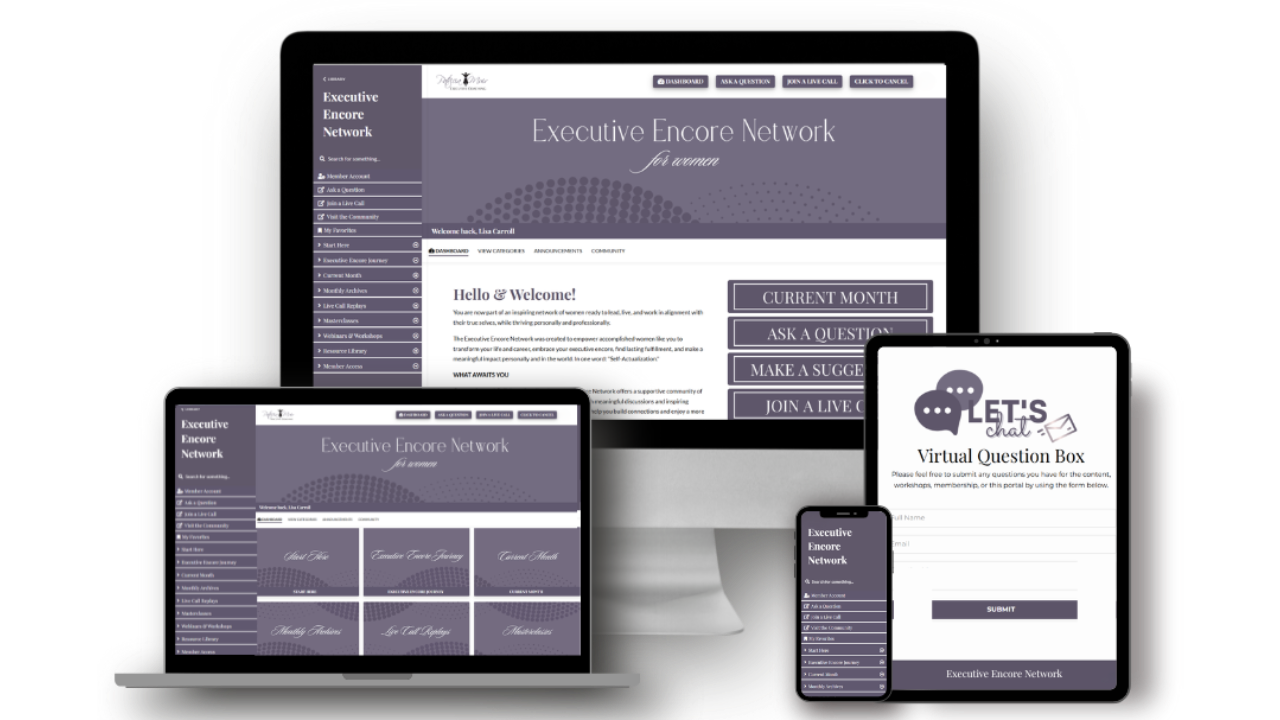
Emotional Expressiveness for Leaders
Oct 25, 2017How well do the leaders in your organization express their emotions? What about you? Do you appropriately articulate your feelings? Do you use emotional expressiveness to persuade and inspire others?
“Great leaders move us. They ignite our passion and inspire the best in us. When we try to explain why they are so effective, we speak of strategy, vision or powerful ideas. But the reality is much more primal. Great leadership works through the emotions.” ~ Daniel Goleman, Richard Boyatzis and Annie McKee, Primal Leadership (Harvard Business Review Press, 2013)
Leaders are responsible for their organizations’ energy levels. While research has demonstrated a strong link among excitement, commitment, and business results, many leaders stumble at emotional expressiveness. They hesitate to express both positive and negative emotions in an effort to maintain credibility, authority, and gravitas. Consequently, they’re losing one of the best tools for achieving impact.
Leadership and Emotional Intelligence
“The role of emotional maturity in leadership is crucial.” ~ Kathy Lubar and Belle Linda Halpern, Leadership Presence: Dramatic Techniques to Reach Out, Motivate and Inspire(Penguin Group, USA, 2004)
MBA programs do not teach emotional expressiveness, although professors often address emotional intelligence as an important leadership quality.
Emotional intelligence is the ability to understand and manage your — and others’ — moods and emotions, and is a critical component of effective leadership. Leaders at all organizational levels must master:
- Appraisal and expression of emotions
- Use of emotion to enhance cognitive processes and decision-making
- The psychology of emotions
- Appropriate management of emotions
Every message has an emotional component. Hence, leaders must learn to articulate and express their feelings. Mastering this objective inspires your team in five essential domains:
- Developing collective goals
- Instilling an appreciation of work’s value and importance
- Generating and maintaining enthusiasm, confidence, optimism, cooperation, and trust
- Encouraging flexibility in decision-making and change management
- Establishing and maintaining a meaningful organizational identity
Leaders create authentic relationships by expressing interest in their people and showing empathy. They must also learn to express their emotions publicly, albeit in an appropriate and effective way. Expressing emotions does not mean wielding the sword or making others feel uncomfortable or even unsafe. There is a lot to be said for expressing emotions with grace, dignity, and respect.
When I am consulting and coaching executives and executive teams, I find many who are intellectually conversant about emotions… but that is different than expressing their personal feelings. Not many are comfortable being that open and transparent.
What about you? In your organization, do people express emotions? Do they feel safe and competent in expressing a wide range of emotions? I’d love to hear from you. Contact me at [email protected], on LinkedIn, or on Maestro’s Facebook page.
Coming up: My clients and their employees know that I love debunking myths – such as the myth of “common sense”. In my next blog, I address the myths and assumptions about “emotions”.
Books and Audiobooks
The EQ Edge: Emotional Intelligence and Your Success, Third Edition, Steven J. Stein, Ph.D. and Howard E. Book, M.D.
On iTunes
Assessment for Measuring Emotional Self-expression and Empathy
For information about qualified administration and briefing of Emotional Intelligence assessments (EQi 2.0 and EQ360), contact Patricia at [email protected] or call 905-858-7566.
Photo © contrastwerkstatt | Fotolia.com
Next Steps
You don’t need to navigate your Executive Encore alone. Discover a better way to take charge of your experience.
- Schedule a 30-Minute Complimentary Executive Encore Call.
Ready to elevate your encore chapter?
- Join the Executive Encore Network for Women, a membership and community of supportive women ready to inspire and uplift. Subscribe to the Sunday Encore to begin your Executive Encore Journey and register for the next Tour to learn more.


